How to shop for second hand outdoor gear and win
Shopping for second hand outdoor gear can take a little more effort than just clicking 'add to cart', but it has some brilliant benefits for you and the planet
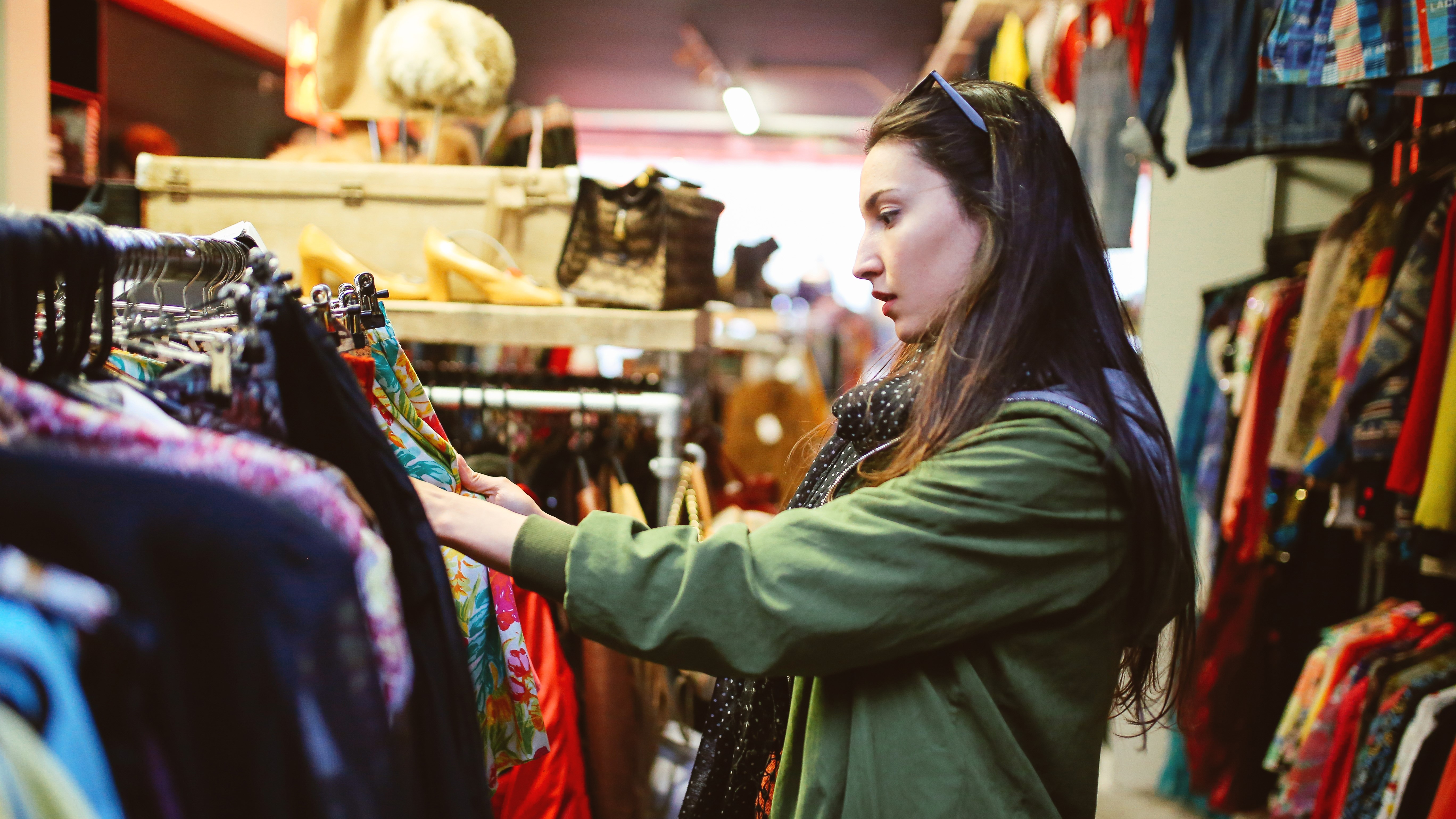
For those of us who live for outdoor capers, there are few things more exciting than lacing up a new pair of hiking boots, unrolling a new sleeping pad, or strapping on a new running backpack. The perfect piece of gear will see you through hundreds of adventures, but occasionally those boots rub, you need a warmer pad, or you get a better, lighter backpack for your birthday, and hopefully the old ones end up in a thrift shop, or listed online waiting for a new owner. Though sometimes old outdoor gear is so well-worn it can’t really be reused, often, perfectly good gear ends up in circulation at a low price that’s just waiting to become your next hiking, camping or trail running companion if you’re willing to put a little work in.
Shopping for second hand outdoor gear can take a little more effort than just clicking 'add to cart', but it has some brilliant benefits for you and the planet. Read on for all the details on why to buy used outdoor gear, where to get the best gear and how to make sure you’re getting the best deals possible for your adventures.
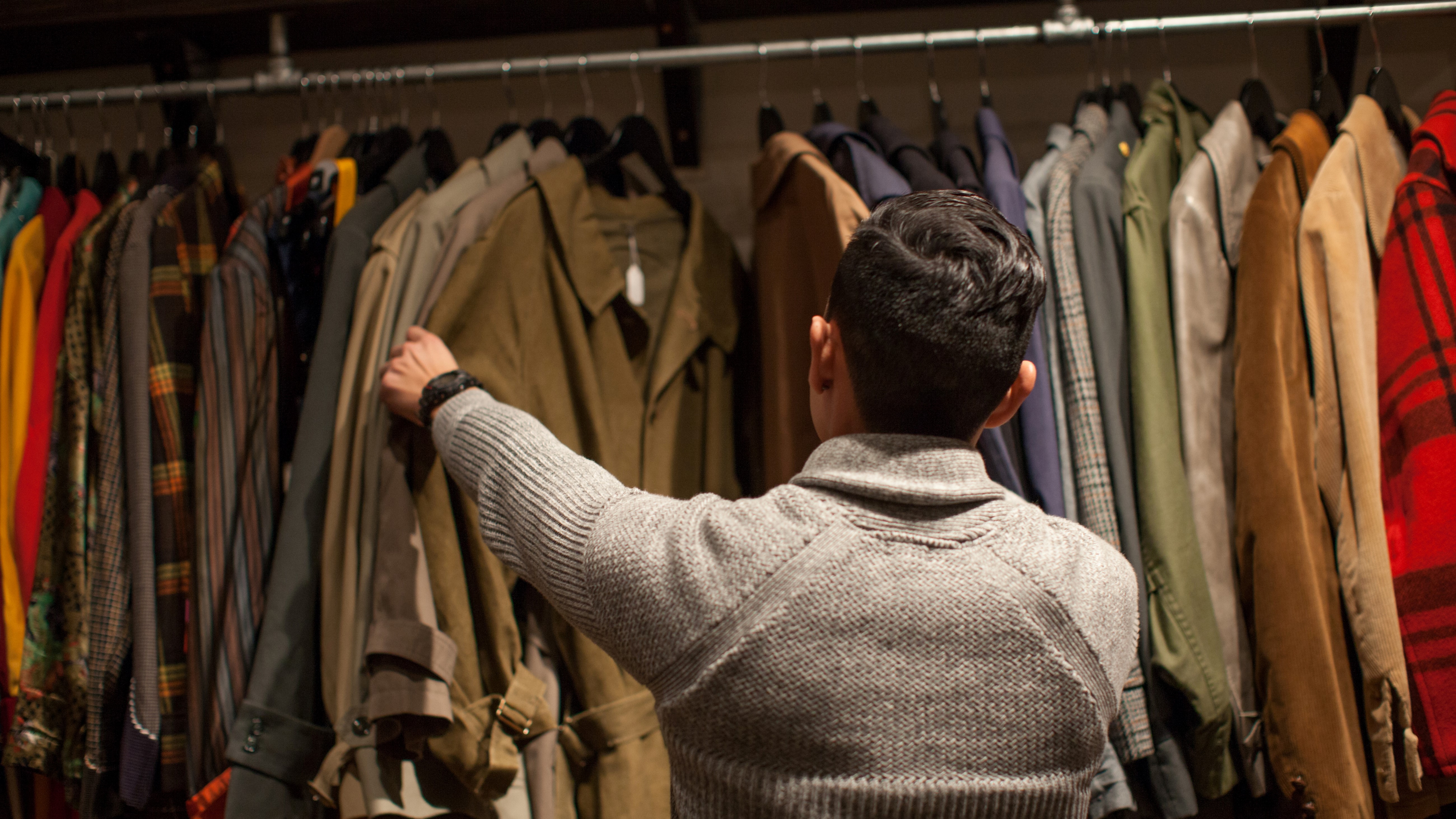
Why buy second hand outdoor gear?
There are two great reasons to buy second hand outdoor gear: to save money, and to help save the planet.
As for the first reason, you may have noticed that outdoor gear, when purchased new, doesn’t necessarily come cheap. The best hiking backpacks we’ve tested in the field run up to $260 new, while I picked up a lightly used 42L Deuter backpack in the Lake District two years ago for $42. The following winter, I found myself up in Fort William in February in a blizzard, and realized I hadn’t brought a mid layer for the skiing and hiking I had planned. Now worries! I grabbed a Mountain Hardware fleece jacket for $6 in one of the local charity shops, which would have cost me around $80 new. It’s a fairly hideous shade of green but it beats dying of hypothermia on Ben Nevis.
And wait, there’s more! During my 11 years living in Vail, CO, I did all of my downhill skiing wearing a nice, warm pair of Technica ski boots that someone had dropped off at the local thrift store after what looked to be not more than a few days of skiing. These days, a new pair of Technicas begins at $450, but I only parted with $35 of my hard-earned cash for them. Up in the high Rockies of Leadville, CO, I nabbed a nice pair of Pearl Izumi clipless cycling shoes for $30 that would have been upwards of $150 new. So, in terms of savings, you could anecdotally at least be looking at saving up to 90% on outdoor gear if you shop used.
Then there’s the impact on the planet that all our biophiliac activities incur. As we’ve previously reported in our article on sustainable hiking clothes, a 2018 study in Sports Management Review on the carbon footprint of active sport participants found that participants in nature sports had the highest emission levels of all. Why? Well, not only do our outdoor pursuits require a lot of gear, we tend to wear them out faster than our everyday clothes on our adventures, meaning we replace them faster. If we all buy more second hand gear, it reduces overall demand for new, which decreases output, which lowers the overall energy consumption involved in production. Plus, creating a culture of embracing second hand outdoor gear means less of it ends up in landfills. It’s a win for everyone.
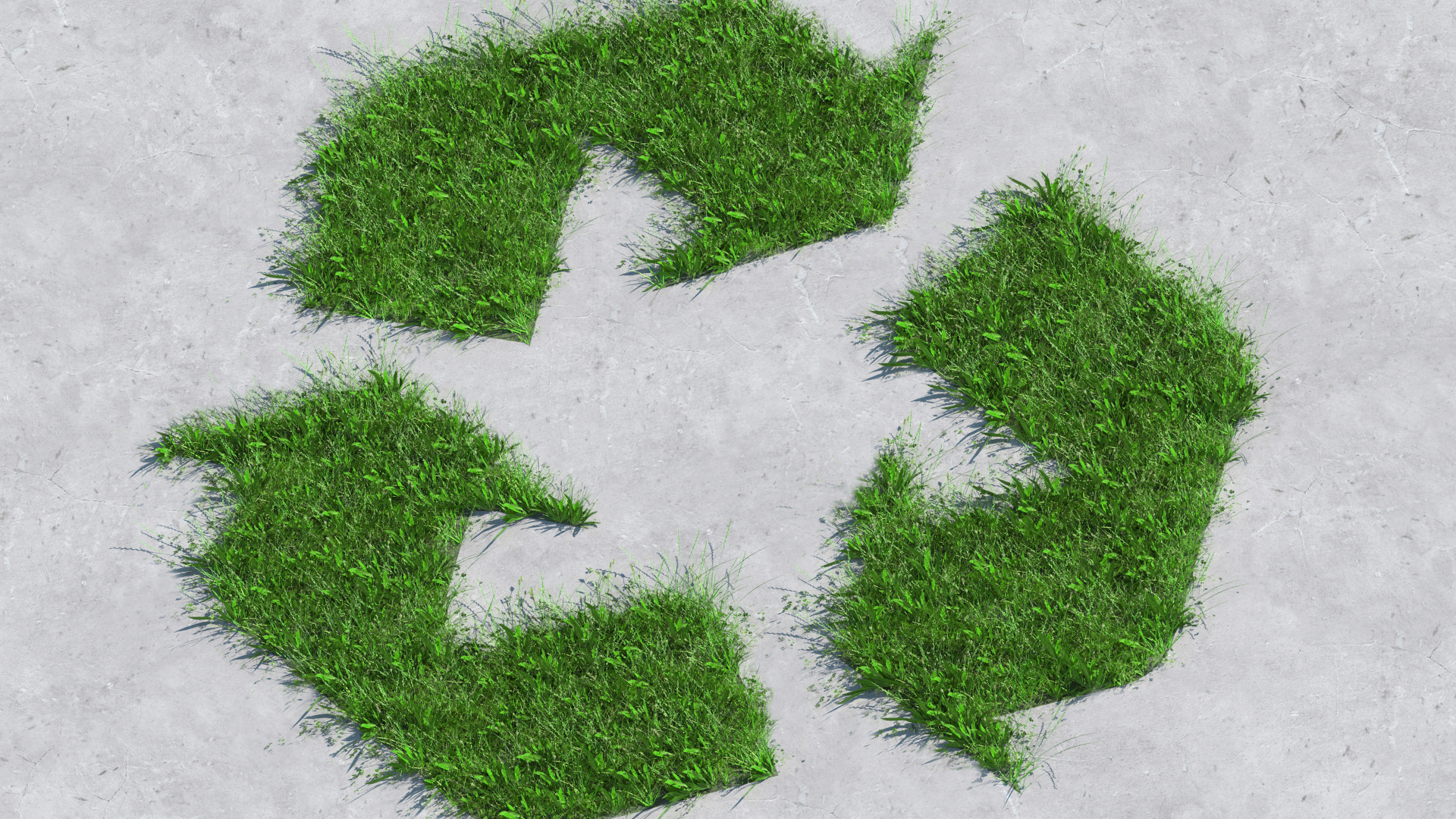
What is the best second hand outdoor gear to look for?
You might be wondering if second hand outdoor gear means tents that are missing poles, flashlights that weigh as much as a tire iron and external frame backpacks from the 1980s and sure, there’s some of that out there, but there’s a lot of really good gear on the second hand market too that’s practically untouched. As I’ve already mentioned, I’ve scooped up everything from backpacks and mid layers to skiing and cycling gear, and I’ve sold everything from AT skis and ski gloves to sleeping bags, road bikes and even a canoe. Though I love a brand new piece of kit as much as the next hiker, I honestly love hunting for – and finding – a great deal on used gear.
Advnture Newsletter
All the latest inspiration, tips and guides to help you plan your next Advnture!
In my opinion, there are only a few items you should avoid used, and I’ll discuss those next, but as for what you should look out for, I have some basic principles to stick to:
- High end or name brand: this makes me sound like a gear snob, but really, if I’m going to go to all the trouble of hunting down used gear that’s the right size and what I’m looking for, I want it to be high end or at least name brand and not just from a bargain basement to begin with. I’m not saying that all budget outdoor gear is poor quality, but you’ll get your biggest savings on items that are pricey to begin with, and it’s likely to be higher performing to boot.
- Good condition or better: Whether you’re shopping for clothing or camping equipment, you want it to be lightly used at best. If you get a $300 waterproof jacket for $10, that’s an amazing deal, but if the outer layer is peeling off and the zipper is broken, it won’t actually keep the rain out. Some gear can be fixed and spruced up (more on that in a moment), but if it's going to cost a lot of money to mend or you know you’ll never get around to it, you’re better off saving your money. Remember: there’s no warranty on used items. There may be cosmetic imperfections such as stains that you can easily live with, but avoid structural damage.
- Biggest savings: Where you can, always seek the biggest savings possible. Look up the make and model of the item that you’re considering and see how much it currently costs new. You’ll almost definitely be able to find it on sale somewhere, so consider if the sale price is much more than the used price, and if they’re similar, go for the brand new item that might come with a warranty or the ability to return it if it’s not quite right.
Finally, some people do feel weird about using certain items second hand, such as sleeping bags and sleeping bag liners, but remember you can clean and reproof gear yourself. Check out our guides on how to wash a sleeping bag, how to waterproof a jacket and how to waterproof a tent. It may well be that a good clean and some Nikwax is all you need to get your second hand item looking and performing like new (and let’s face it, if you’re actually getting it outdoors, it won’t look spanking new for long anyway!).
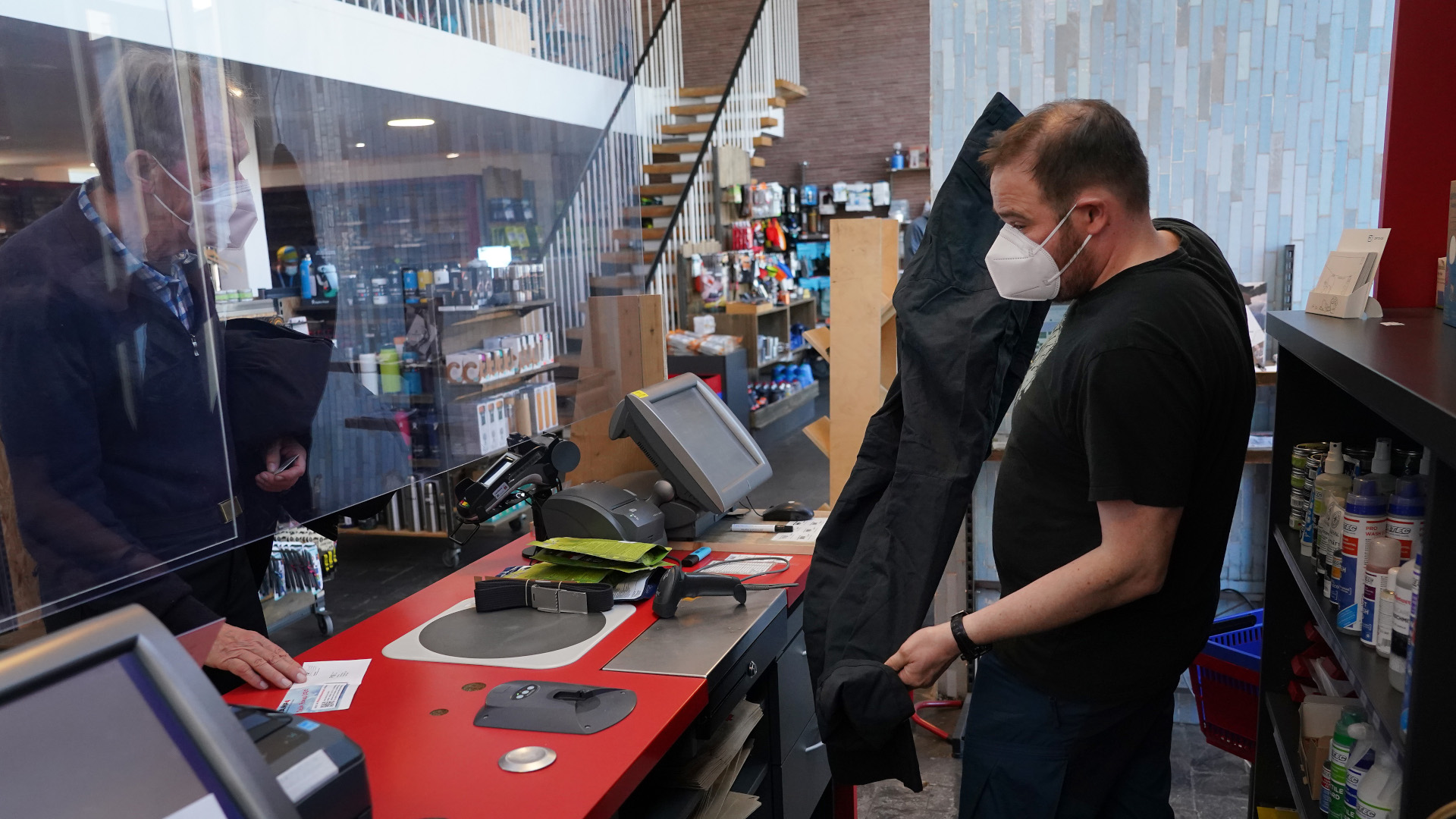
What second hand outdoor gear should you avoid?
As I previously mentioned, it’s easier to list the items you should avoid second hand than it is those you should scoop up and there are a few items that I don’t recommend you buy used.
- Safety gear: It’s really important that you buy safety gear, such as climbing harnesses and ice axes, new and from a reputable dealer. If they’re used, you really have no idea in what way, how much and whether the item will truly keep you safe. For this reason, it’s illegal for second hand shops in the UK and retailers in the US to sell used safety gear. You will find individuals selling it online, but if your life is going to depend on its performance, you might want to give it a wide berth.
- Well-used shoes: As a child, I was never, ever allowed to borrow a friend’s shoes because my mother insisted they were molded to the shape of another person’s feet, which would severely and irrevocably harm my gait. I’m not sure this is actually true, and as you know I’ve since bought ski boots and cycling shoes second hand. That said, I’d avoid shoes that you plan to do a lot of foot sports in, such as trail running shoes and hiking shoes, that show a lot of wear and tear. Unevenly worn away soles might actually hamper how you walk or run, and you want footwear to protect your feet. If you find what seems like an amazing deal but the soles are worn out, look into how much it would cost to get them resoled before you wear them. For an excellent pair of boots, it may be worth it.
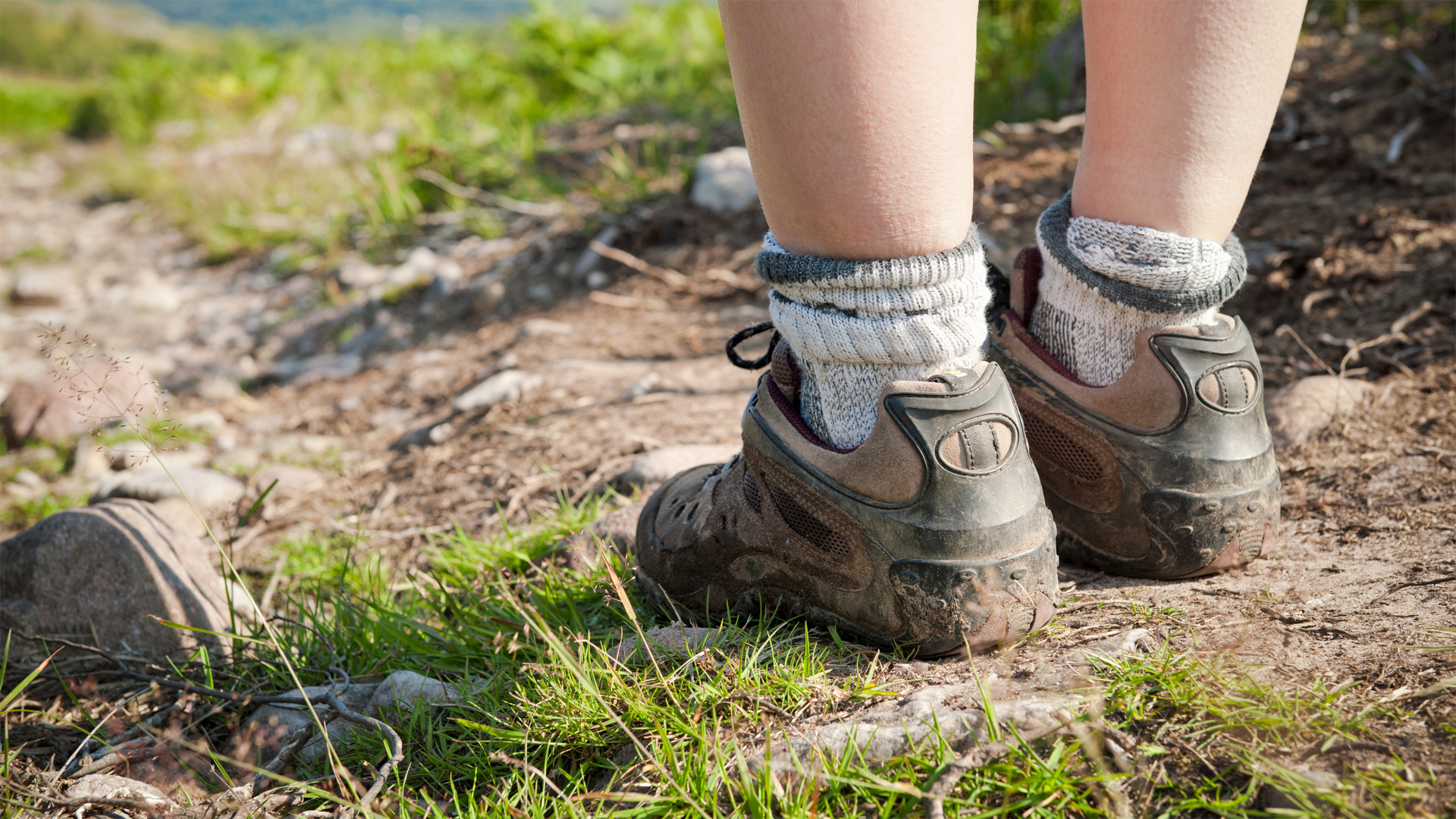
- Gear that’s the wrong size: This might sound obvious, but it’s amazing how tempting it can be to size up or down when you find something that’s a great deal and only slightly too big or small. The wrong size of item can really affect that garment’s performance – shoes can rub when they’re too big or too small, base layers need to lie next to your skin to wick moisture, and loose, flappy jackets can be annoying and let a lot of cold air in. In some items, like a fleece jacket or hiking pants, a size up might not make a huge difference, but sizing down might restrict your movement. It’s best to keep shopping until you find the perfect size, even if it means you have to pass on a few good-looking deals.
- Very used gear: By now, it should be clear that I avoid gear that is listed as in poor or well-used condition. Even if it’s just a few bucks, rarely could I see the point in paying for something that’s broken or worn out unless you’re confident you can fix it, and your life doesn’t depend on its performance – and let’s face it, most outdoor gear does have a bit of a safety aspect even if it’s not a climbing rope. Big ticket items that usually come with a warranty, like tents, should be in great condition.
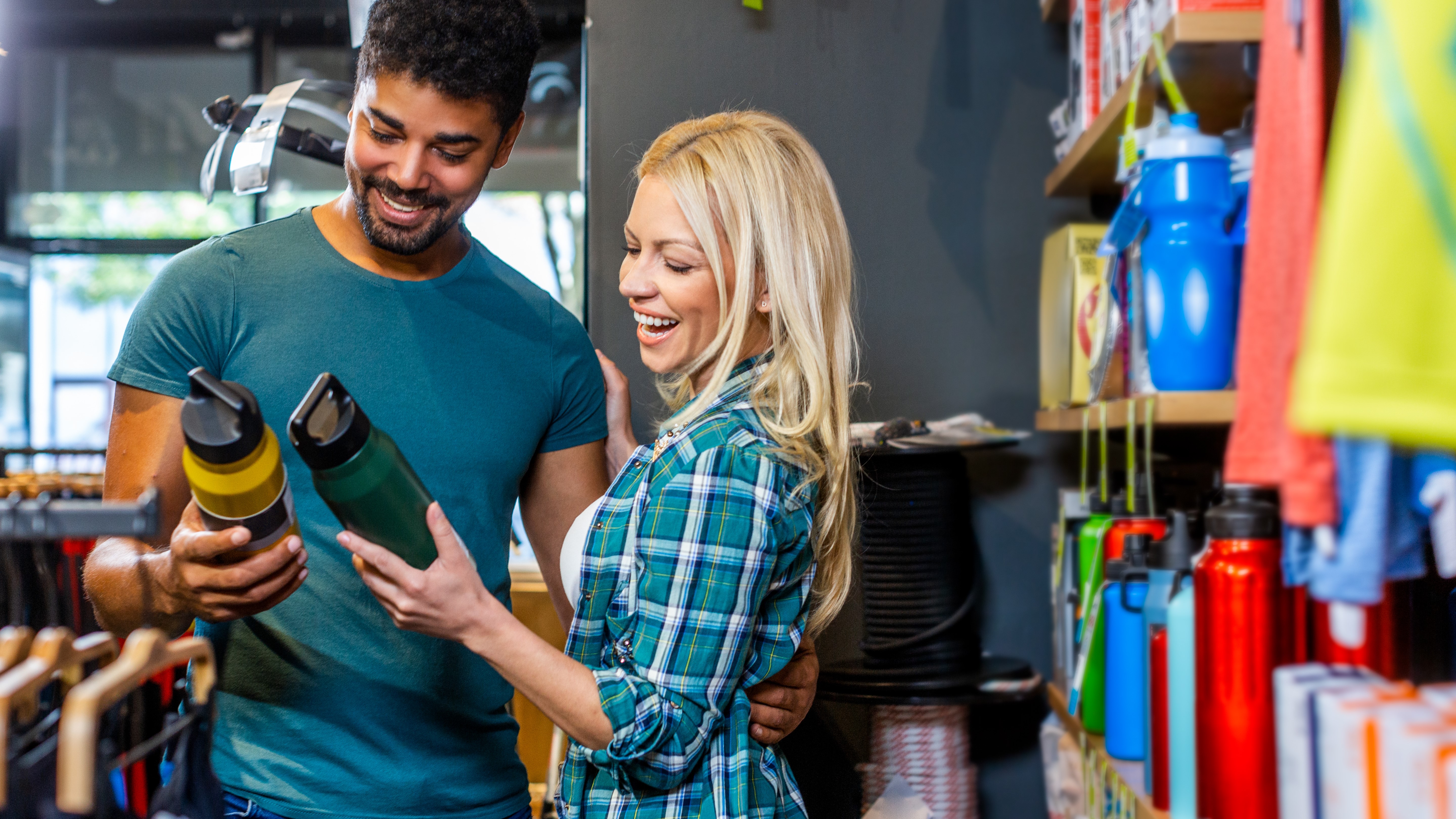
Where to shop for second hand outdoor gear
So now you’ve decided to shop for some second hand outdoor gear, where do you begin? The answer depends a bit on where you are, while a lot of shopping can be done online these days, but the following are some good places to start:
- Second hand shops: These are a dime and dozen in the UK, while thrift shorts are less ubiquitous, but still present in the US. Here’s my biggest tip: whenever you are in an especially outdoorsy town, like a Colorado ski resort or the Lake District in the UK, head to their second hand shops. Many travelers will have visited that area to ski, hike or camp for a week or two, then dropped off their gear before flying home and it’s here that you’ll find the best gear.
- eBay: I don’t need to tell you that you can find lots of deals on eBay, with many people selling unused gear. Buyer protection is generally okay and you can usually return items if they don’t match the description, but this is always a bit of a gamble.
- Craiglist/Gumtree: These two classifieds sites are where people buy and sell pretty much everything from skis to cars. Yes, there are lots of scammers out there, but there are also lots of people like you who have got a new camping stove for Christmas and just want to sell their old one. I recommend filtering your search to your own area so you can arrange to meet the seller in a safe, public place and inspect the goods before you hand over any money.
- Outdoor retailers: Perhaps most excitingly, some major retailers are now taking back used gear, cleaning it up and selling it at reduced prices. Check out REI’s used gear shop, The North Face Renewed, Patagonia Worn Wear and Arc’Teryx ReGEAR for starters.
- Poshmark/Vinted: These two outlets are more commonly used for selling fashion clothes and shoes, but you can find outdoor gear here at decent prices. I’ve found it to be a great place to sell running shoes and more fashion forward sports clothing, too.
No matter which route you choose, remember to take your time when you’re mulling over a potential purchase. Research the make and model online so you understand its features (you can even do this on your phone when you’re in a second hand shop), inspect it closely in person if you can – inflate the sleeping bag and erect the tent – or ask for more photos if needed, and don’t be afraid to ask questions about the item and its condition. The chances are good that its previous owner has loved it and will be eager for you to enjoy it, too.
- Best waterproof jackets: stay dry and comfortable in inclement weather
Julia Clarke is a staff writer for Advnture.com and the author of the book Restorative Yoga for Beginners. She loves to explore mountains on foot, bike, skis and belay and then recover on the the yoga mat. Julia graduated with a degree in journalism in 2004 and spent eight years working as a radio presenter in Kansas City, Vermont, Boston and New York City before discovering the joys of the Rocky Mountains. She then detoured west to Colorado and enjoyed 11 years teaching yoga in Vail before returning to her hometown of Glasgow, Scotland in 2020 to focus on family and writing.

